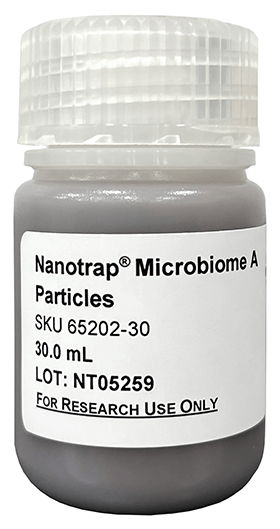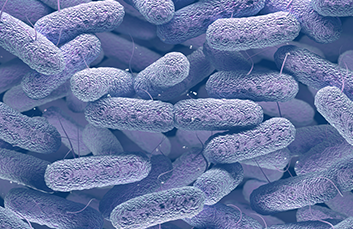Report says WBE worth investment
Topics Featured
A new report from the National Academies of Sciences, Engineering, and Medicine reviewed the use of Wastewater-Based Epidemiology (WBE) during the COVID-19 pandemic. They concluded that WBE was effective in tracking the spread of SARS-CoV-2 at the community level during the COVID-19 pandemic, especially as readily available at-home testing reduced the reporting of positive infection results to public health authorities.
What Is wastewater surveillance or WBE?
Wastewater-based infectious disease surveillance systems detect the presence of biomarkers of an infectious disease, such as DNA or RNA, that are shed into a municipal sewer system through feces. These surveillance systems can be used to identify increased levels of a pathogen, a spike indicating a “hot spot” has developed in a locality, days or up to two weeks before clinical diagnoses occur. It is also key to detecting and identifying newly emergent variants in a community.
The value of a WBE program
The COVID-19 pandemic illustrated that having actionable data in the hands of public health authorities sooner led to the more timely and efficient allocation of limited resources and informing policy decisions for the benefit of the communities served by these programs.
The report recommends further investment in the National Wastewater Surveillance System for Infectious Diseases that would be able to track multiple pathogens simultaneously and pivot quickly to detect emerging threats. The result would be faster and more effective public health responses to infectious disease spread.
For a summary of this report’s highlights, click here.
Large-scale wastewater surveillance can be used to help communities monitor infection dynamics for SARS-CoV-2 and other microbes of concern. Robust, high-throughput methods based on Nanotrap® Microbiome Particles are enabling widespread implementation.
Nanotrap Microbiome Particles rapidly concentrate microbes from many sample types, eliminating the need for filtration, centrifugation or precipitation. It only takes 25 minutes for microbe concentration with Nanotrap Microbiome Particles (manual and automated methods), compared to four to 20 hours with PEG precipitation (manual method only).
Nanotrap Microbiome Particles are For Research Use Only. Not for use in diagnostic procedures.



How can wastewater predict the future?

